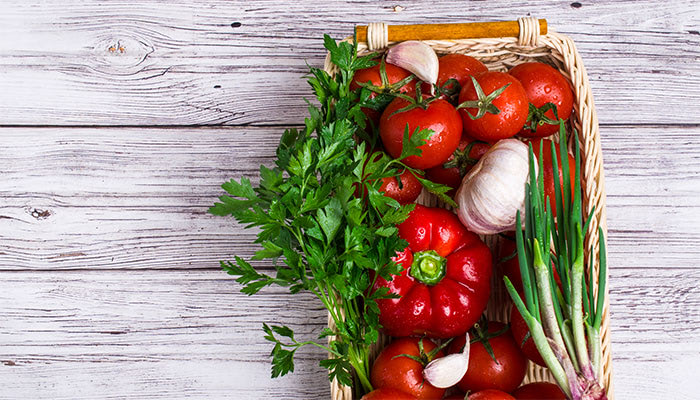 Farm-to-table: this relatively new concept is all the rage in the restaurant industry, as it represents a number of opportunities for operators to enhance their menus (and profitability). The approach began as a way to address growing customer demand for fresh, high-quality ingredients — and their eagerness to support local economies. Restaurants jumping on this bandwagon are opting for ultra-fresh ingredients (typically meats, fruits, herbs and vegetables) purchased directly from local farms and growers, but often they include brewers, ranchers, fisheries, wineries — anything local, really — in the offerings and recipes.
Farm-to-table: this relatively new concept is all the rage in the restaurant industry, as it represents a number of opportunities for operators to enhance their menus (and profitability). The approach began as a way to address growing customer demand for fresh, high-quality ingredients — and their eagerness to support local economies. Restaurants jumping on this bandwagon are opting for ultra-fresh ingredients (typically meats, fruits, herbs and vegetables) purchased directly from local farms and growers, but often they include brewers, ranchers, fisheries, wineries — anything local, really — in the offerings and recipes.
There are several distinct benefits to “going local”:
- Support for the local economy. Sourcing ingredients this way helps small farmers and others create an additional market for their products
- Improved product freshness. Items are often delivered directly to the restaurant within hours of being harvested
- Appeal to patrons. Today’s customers enjoy supporting restaurants that use locally sourced ingredients. In fact, “hyperlocal” was the No. 1 culinary trend for 2018, as customers look for menu items that are sourced (at least in part) from within their own communities
(Unfortunately, lower ingredients cost is not usually one of the benefits. Small farms have a tough time competing with large conglomerate farms, but farm-to-table restaurants are able to ask for — and get — a premium price for these menu items.)
Here are some important tips to use when considering taking a farm-to-table approach in your pizzeria.
1. Price accordingly
The first step in adding locally sourced ingredients to your menu is to establish relationships with vendors and commit to purchasing a set volume. With this kind of partnership, the vendor may be more likely to offer a good price because they know you’ll continue to give them business.
Customers will pay more for higher quality, better flavor, and to support the local community, so don’t hesitate to add an upcharge for these items. Don’t be shy about your relationship with local brands and ingredients; customers appreciate the ability to help support small farmers and others. By showcasing their logos on your menu, along with a brief description of their business and practices, you’re helping create a positive story that gives customers “permission” to pay more for these menu items.
2. Do your homework
Customers who are on special or restricted diets may request nutritional information for these menu items, so you’ll need to identify those prior to adding to your menu. Ask vendors about levels of sodium, sugars, calories and gluten, and about whether or not the ingredients are non-GMO or organic. Make waitstaff aware so they can answer customers’ questions.
3. Ensure consistency
As demand for a farmer’s product rises, they may have trouble fulfilling all their orders. If they sell out of a certain product, you’ll need to be able to get it elsewhere — ideally from another local vendor. By selecting two vendors for each product you source locally, you mitigate the risk of running out. Even if the second vendor doesn’t carry the exact product, you may be able to get a comparable one to suit your needs.
4. Be flexible
Working directly with farmers and other vendors means that you won’t have unlimited access to out-of-season ingredients. If you’re in the Midwest, you won’t be able to get locally grown tomatoes for the majority of the year; you’ll want to rely on your distributor during these times. That means you would need to change your menu at different times of the year if you’re promoting certain items as having “fresh, locally sourced Roma tomatoes,” for example. One way around that is to create a menu with your most stable items and serve these as your “core” menu. Then, when the locally sourced ingredients become available, you can add a “specials” menu containing those ingredients/menu items. This will keep you from having to reprint menus multiple times each year.
Once you connect with a few local vendors, you’ll find that they are resources for more than just products. Many of these small business people are eager to offer unique menu and application ideas and may recommend other local vendors for you to connect with. Like you, they’re focused on growing their businesses by offering consistent quality and by delighting their customers.
Learn more about how Alive & Kickin’ Pizza Crusts can also help enhance your menu by learning about our custom crusts capabilities – we’ll make frozen dough balls using your unique recipe – visit our Custom Crusts page to find out how easy it is!





